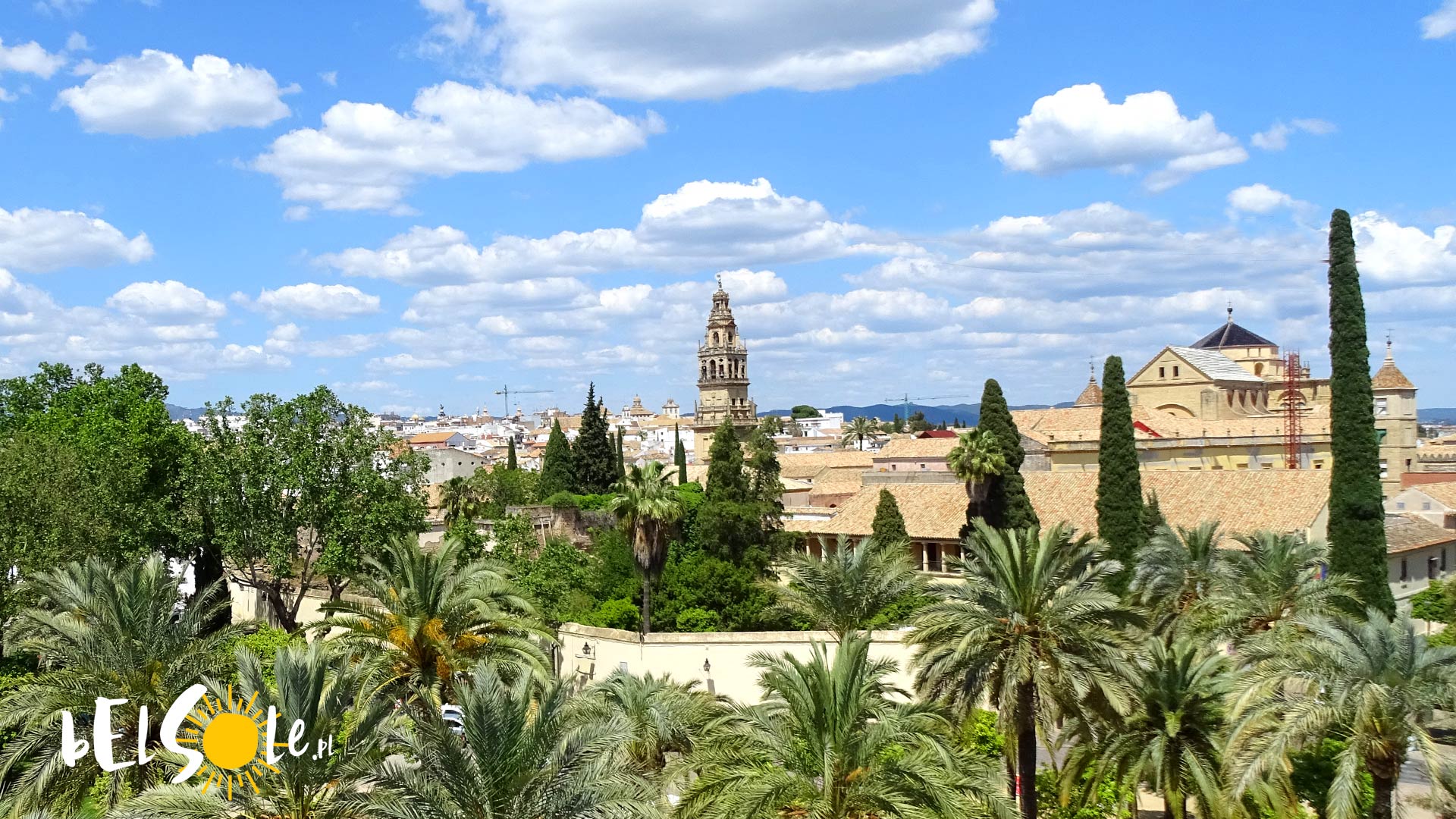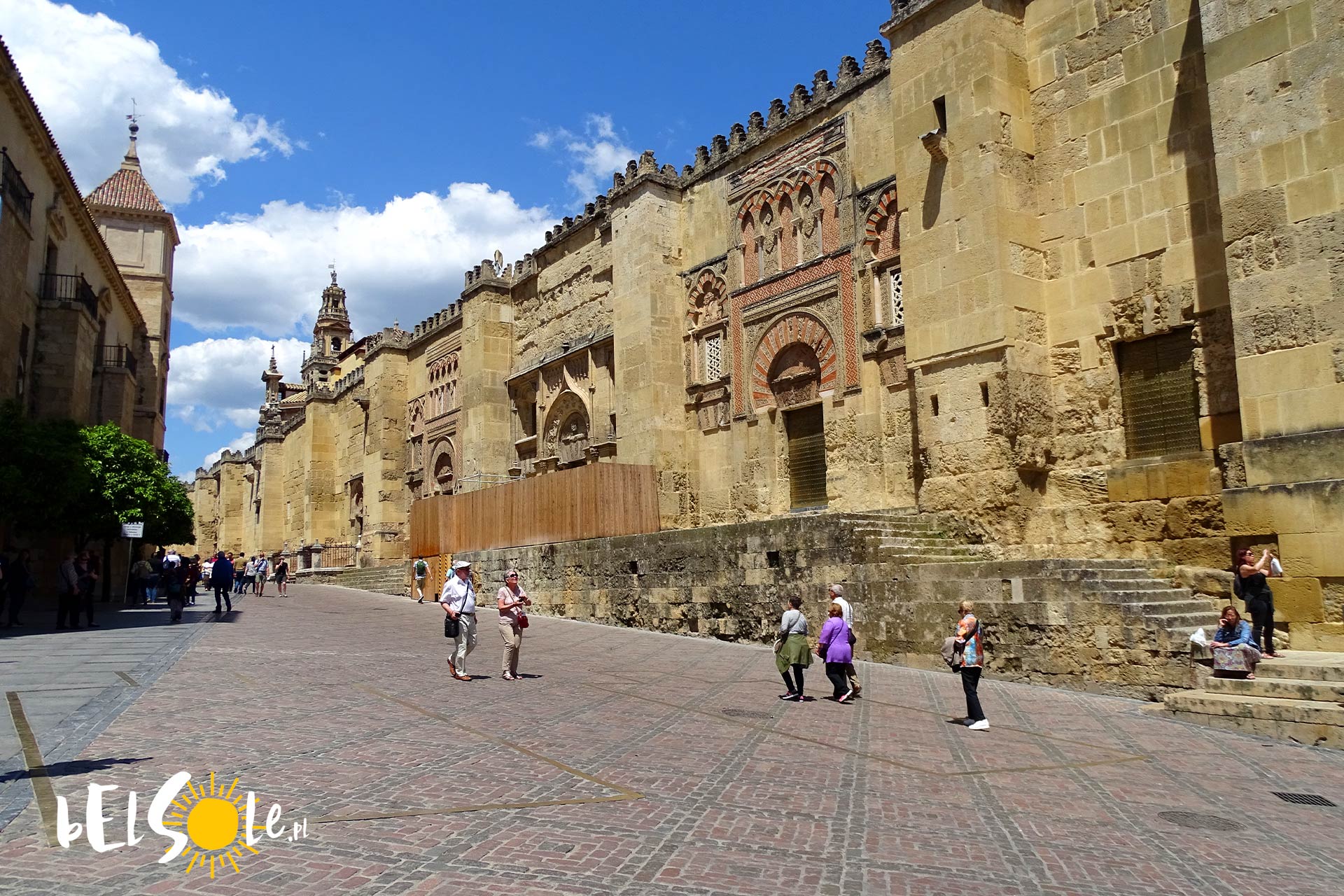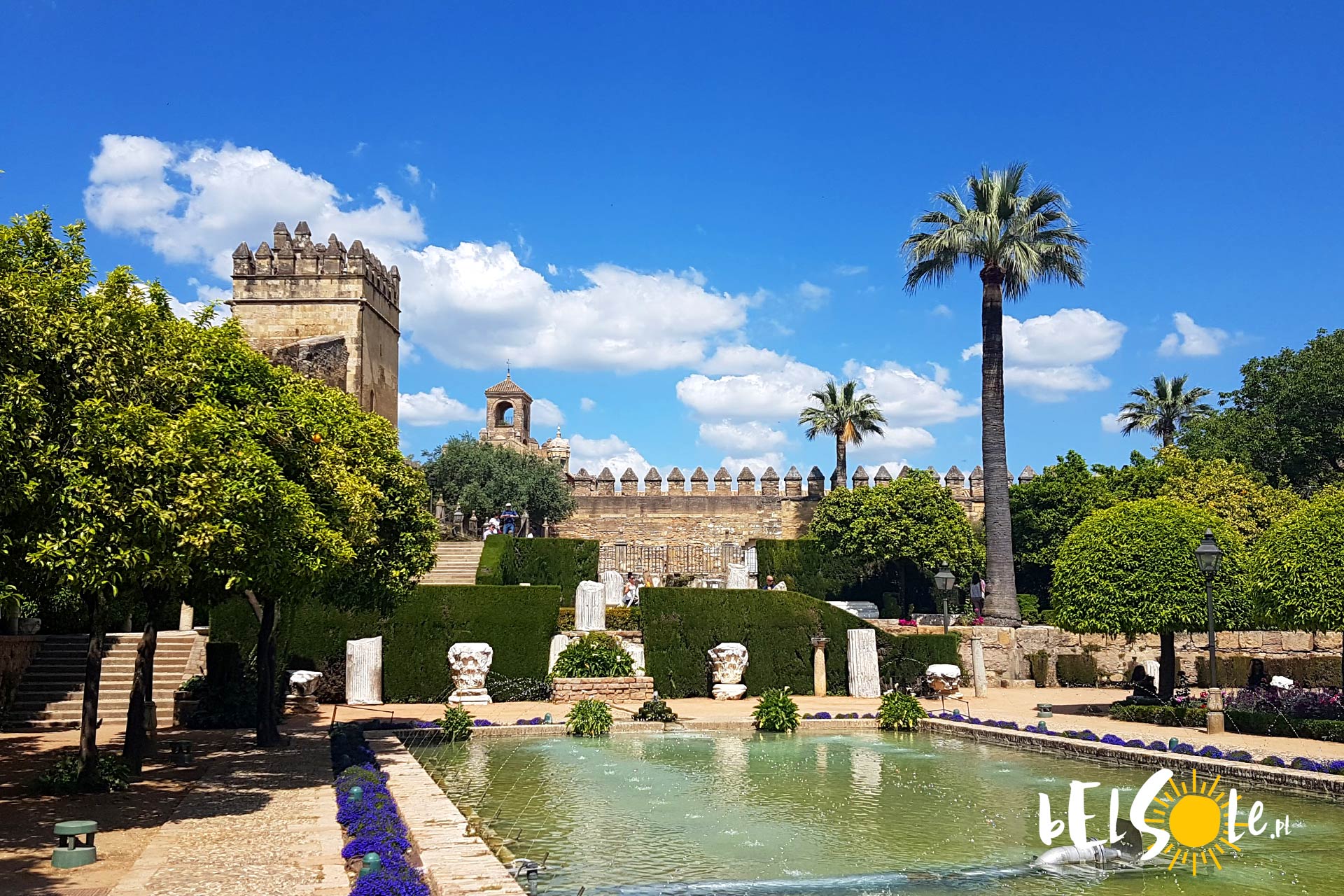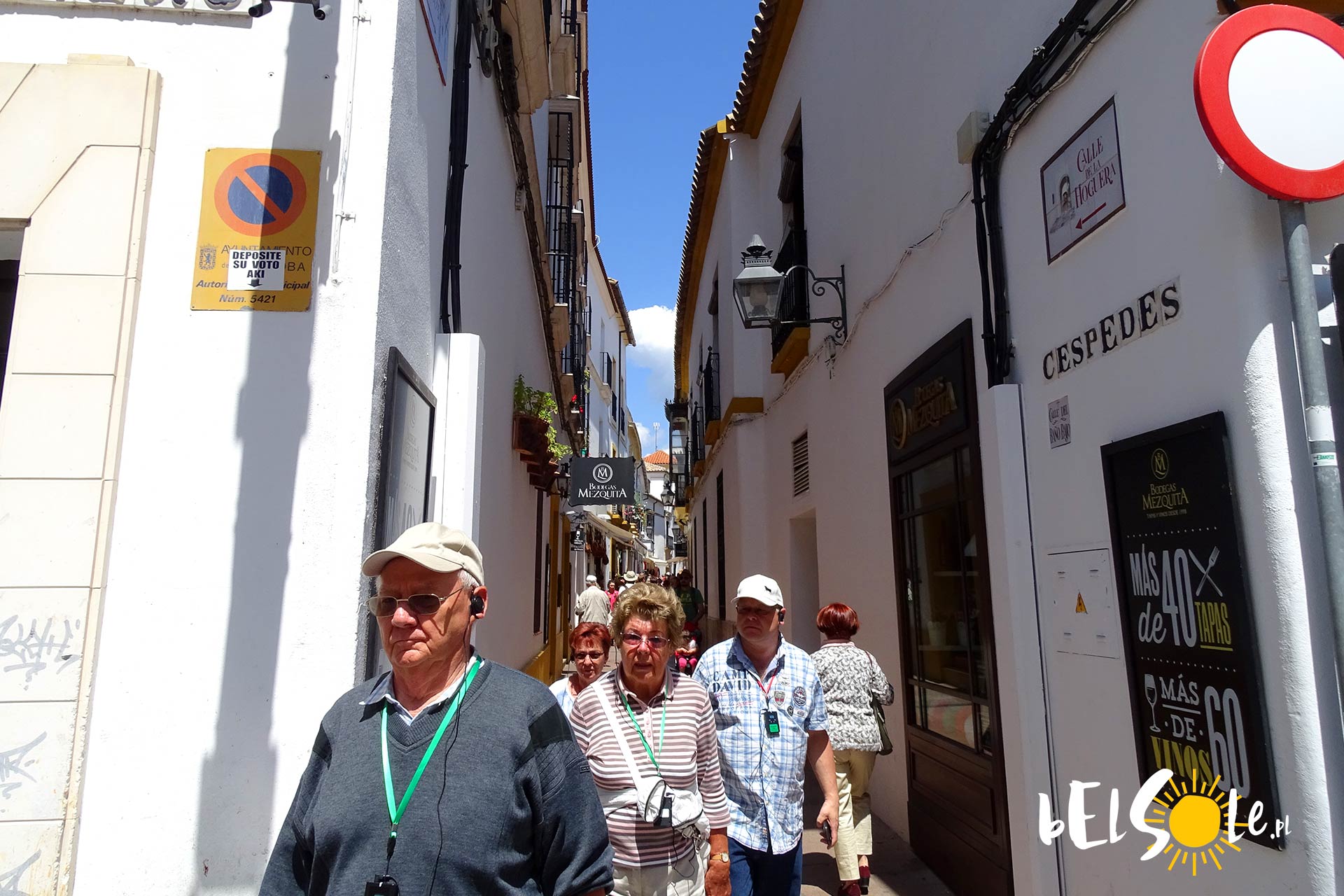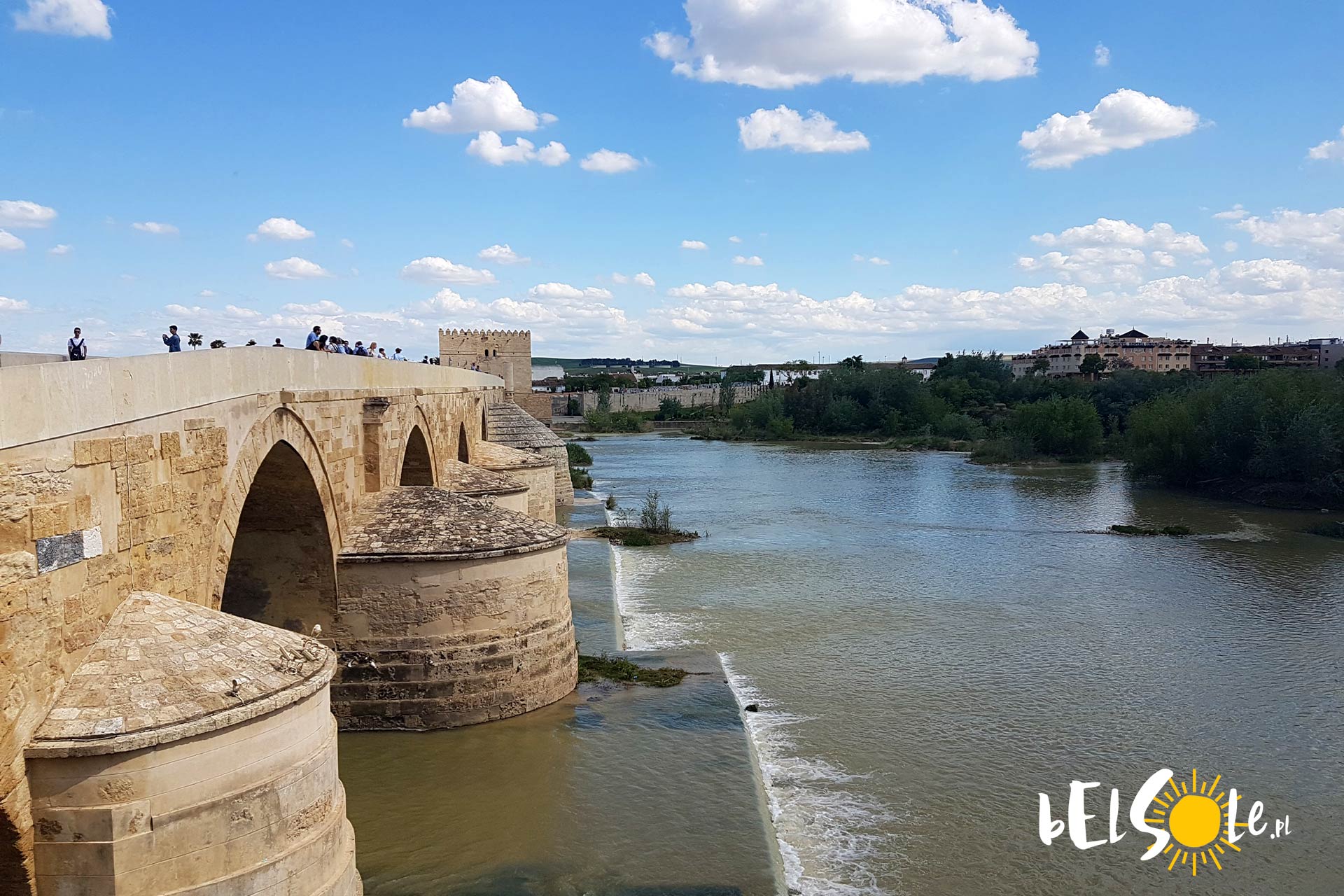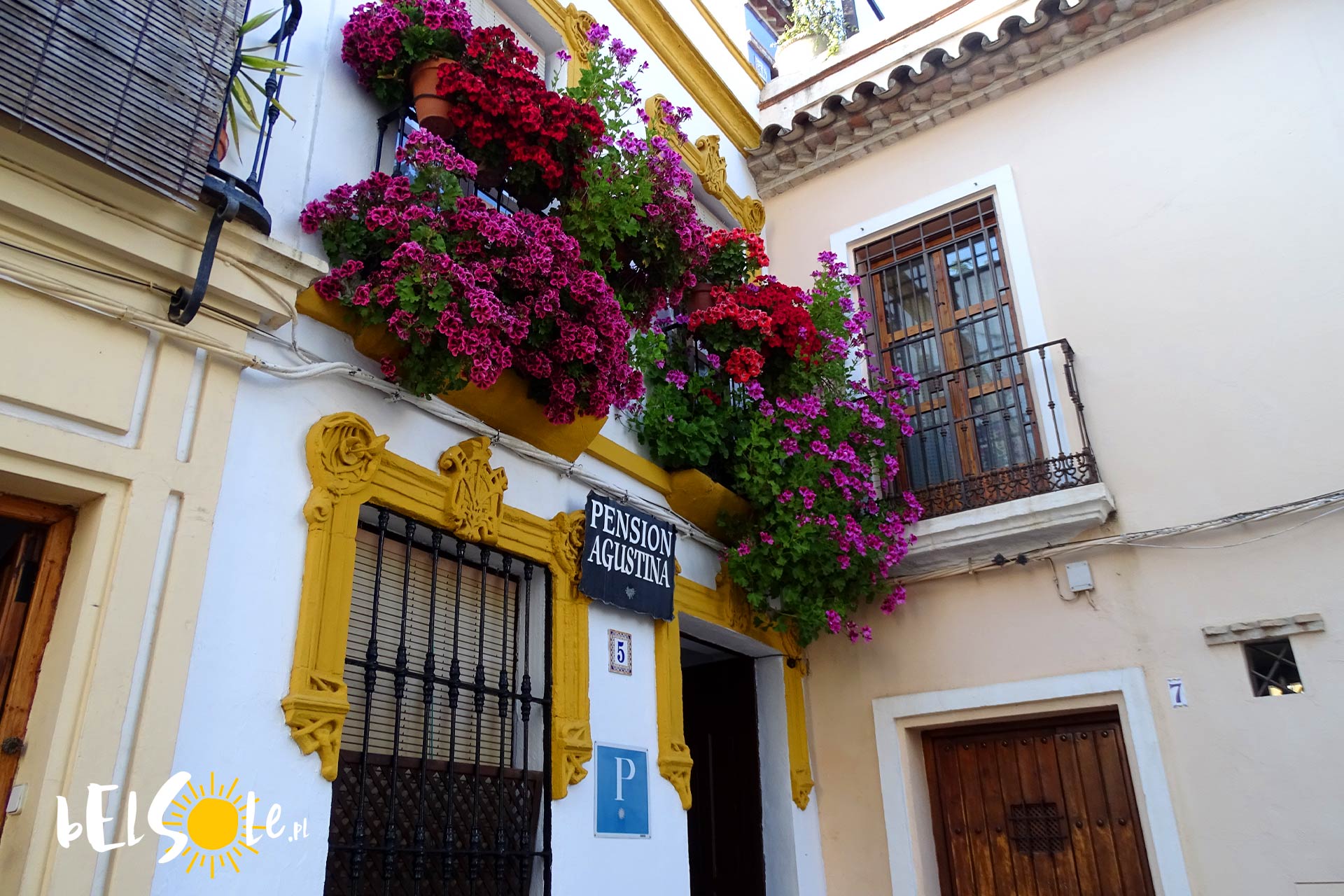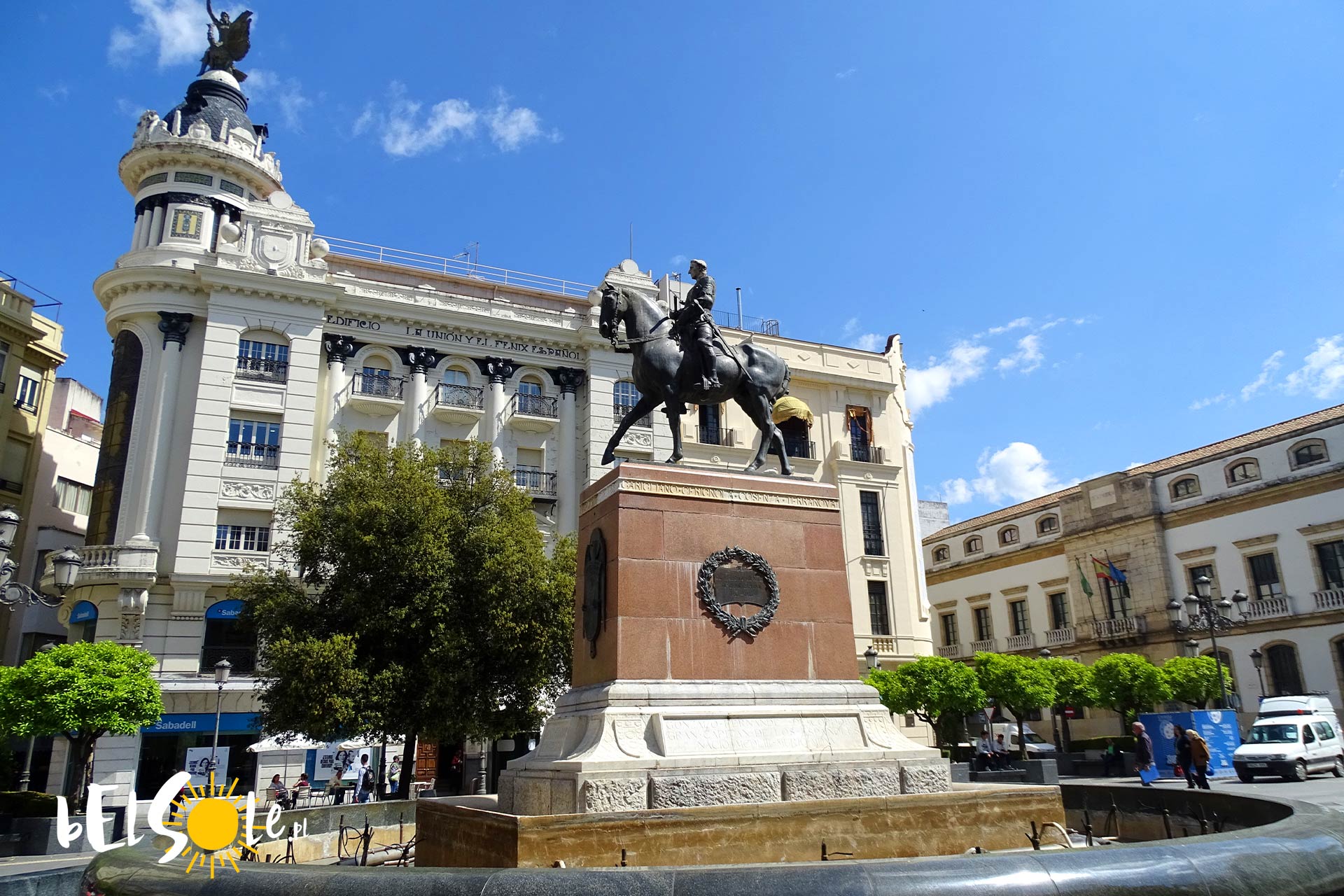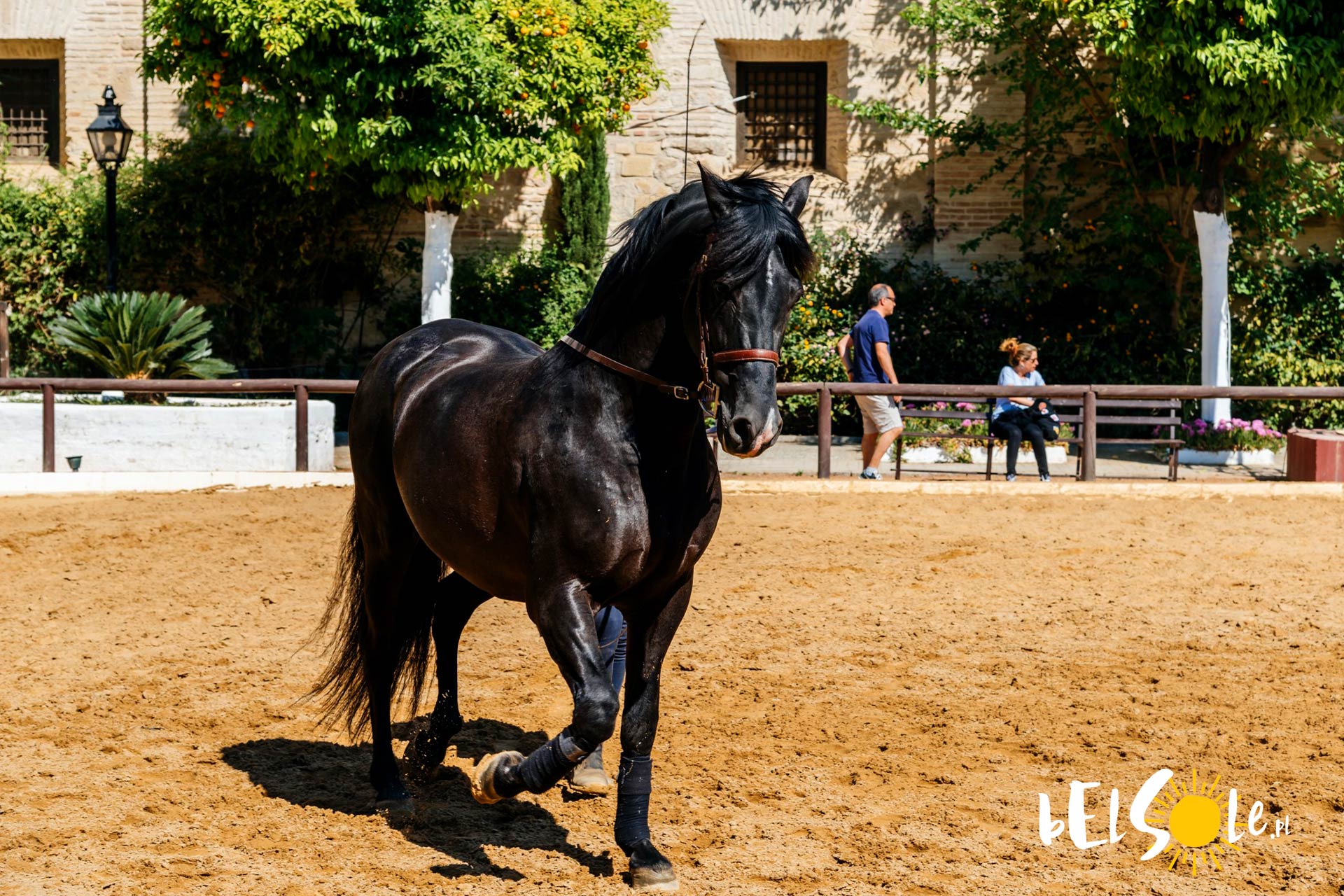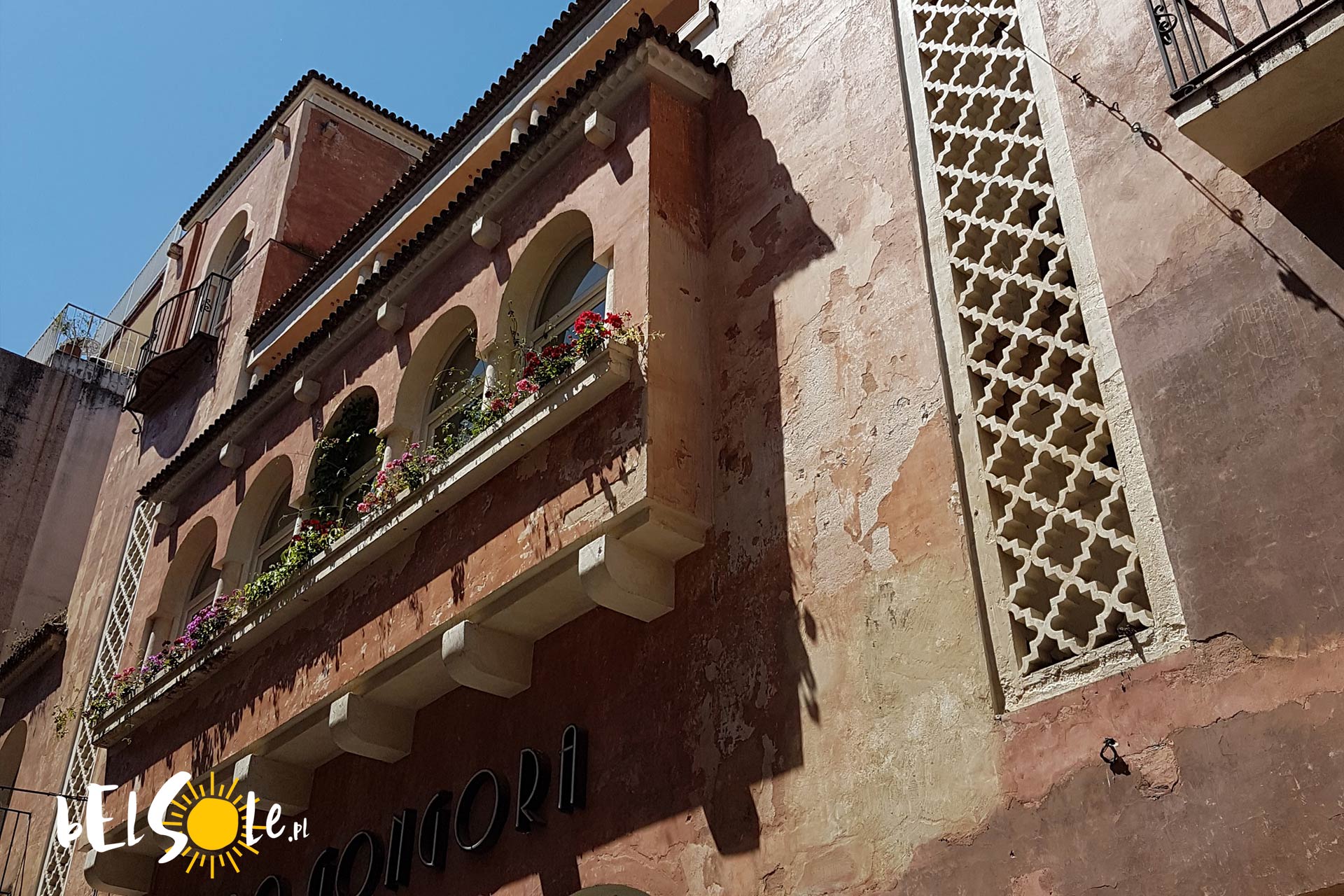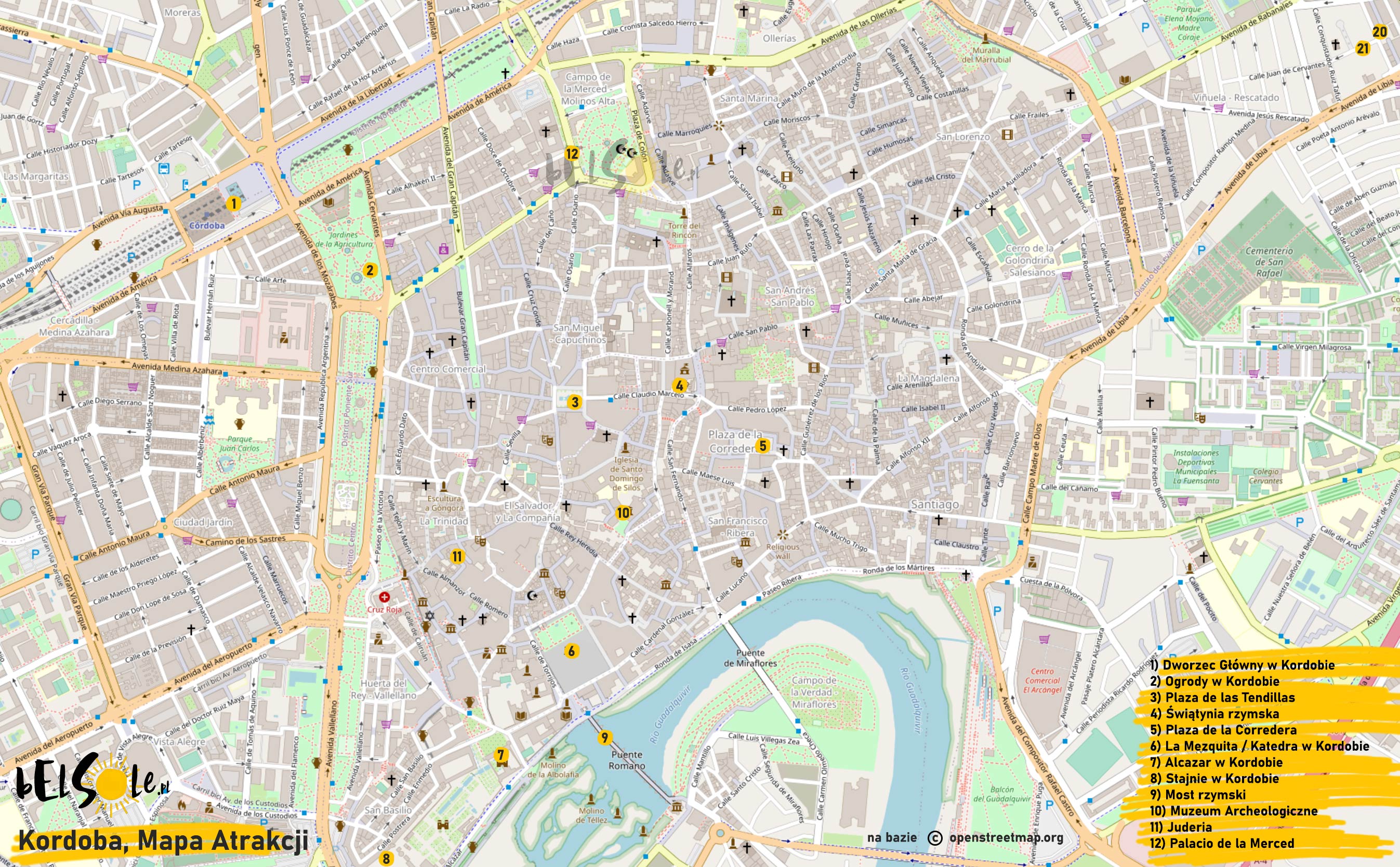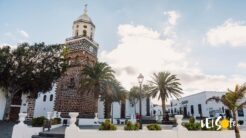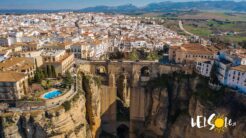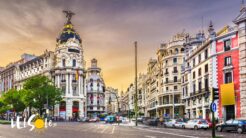A visit to Córdoba is like a portal to a different world full of wonderful sights and places, often straight from the Islamic era. What can you do in Córdoba? Which places should you visit? What’s with the horses? Today’s post will examine just that.
Córdoba
What’s worth seeing in Córdoba?
Let’s start by establishing how you can get to Córdoba – you can use trains, buses or a car. The train station is in the city centre, so it takes you right to the heart of Córdoba, while our recommended car park is at Calle Sevilla 5. You can already get to Córdoba’s best attractions from here easily, be it the Juderia, the Mezquita or the Alcázar. We recommend taking the route through the Plaza de las Tendillas where you can also find information points.
What is a must-see in Córdoba? If you only have one day in Córdoba, you should certainly choose La Mezquita and the Alcázar. If you still have spare time after that, we’d go to the royal stables and, of course, the streets of Juderia. If you’re over for a weekend, that’s perfect, as you can take the whole list below and run with it. Do remember to take plenty of water with you everywhere and hydrate often – Andalusia gets very hot, not even just in summer.
La Mezquita
Córdoba’s Cathedral/Mosque
This is the most popular attraction in Córdoba, and understandably so. Imagine a massive mosque, but someone just decided to drop a Cathedral in the middle while preserving the architectural integrity of the previous temple. That’s La Mezquita, the former mosque of Córdoba and now its main cathedral. The Great Mosque was built in 785 (!), in the capital of Muslim Al-Andalus. It was believed to have been the second most important Islamic shrine in the world, and visiting it exempted the pilgrimage to Mecca.
In 1236, it was converted into a Cathedral after Córdoba was conquered by Castilian forces. The Cathedral was built inside while the former minaret was converted to a bell tower. The cathedral has not changed much since then, so you can still see the two architectural worlds inside. From the 19th century onwards, however, renovations have led to the restoration of some of the lost Islamic elements.
The interior is full of columns and decorations characteristic of the Moorish and Renaissance styles. Most notable are the Mihrab (the gate facing Mecca), the Hypostyle Hall and, of course, the Cathedral. You can also find the bell tower in front of the temple – you can climb it to admire the panorama of the city and the courtyard below.
How much does it cost to enter the Cathedral/Mosque in Córdoba? A ticket costs €13 (you can read about fare details here. If you want to visit the Cathedral in a group, consider writing to: informacion@mezquita-catedraldeCórdoba.es.
Alcázar de los Reyes Cristianos
Castle in Córdoba
‘Alcázar’ is Spanish for castle, and so the name of this building is the Castle of the Christian Monarchs. Fitting, as it was the primary residence for Isabella I of Castille and Ferdinand II. the Alcázar was built in 1328 and is a UNESCO listed fortress with beautiful gardens inside its walls. You can find plenty of courtyards, gardens, ornate halls and towers to climb here. It’s a stunning place, and we consider it a must-see.
A ticket costs €5 for adults, €2.5 for seniors and students and nothing at all for children. You can check the current schedule here.
Juderia
The Jewish quarter in Córdoba
As the name suggests, this was a jewish quarter of Córdoba, home to Jews from the 12th to the 15th century. You can find plenty of restaurants and souvenir shops here, as well as the Synagogue and the Bullfighting Museum. The statue of Maimonides, a Córdoba scholar, is also worth a glance. The district is full of traces of Córdoba’s past role as a commercial and cultural powerhouse of Europe, where Muslims, Christians and Jews all had to live side by side, even if all non-Muslims had to submit to Islamic laws.
The Puente Romano bridge
A roman bridge in Córdoba
The Roman bridge was originally built in the 1st century BC. It has been rebuilt many times during its lifetime; its full length is 331m and its width is about 9m. It was part of the Via Augusta – a route leading from the north of Spain to Cadiz. In the middle of it, you will find a sculpture of the Archangel Raphael, needless to say not a part of the original design.
The bridge connects the banks of the Guadalquivir River and is close to the Mezquita and the Alcazar, so you can combine the three into one walk. You can admire the Sotos de la Albolafia ecological area from here, as well as the waterwheel over the river and the Torre De Calahorra tower and gate crowning the bridge.
Museo Arqueológico de Córdoba
Archaeological Museum of Córdoba
If you’re a museum guy or gal, you should certainly visit Córdoba’s museum. The Archaeological and Ethnological Museum of Córdoba is considered one of the best Archaeological Museums in Spain. It was founded in 1867 and you can find many exhibits from prehistoric, Roman and Visigothic periods, as well as from the Muslim era here.
The museum is located in the Palacio de los Páez de Castillejo (built in 1559) at Plaza de Jerónimo Páez, 7. It is closed on Mondays; it’s open from 9:00am to 9:00pm from Tuesdays to Saturdays and on Sundays it stays open only until 3pm.
Patios de San Basilio
Decorated Patio in Córdoba
What are the Patios de San Basilio? These are courtyards of houses in the centre of Córdoba which get uniquely decorated with flowers by the residents. Homeowners compete for the title of the most beautifully decorated house. You can actually take a tour through the prettiest Patois organised by private companies – the price of such an odd pleasure is around €10.
You can also take our advice and visit these addresses:
- Chaparro 3,
- Tafures 2,
- Zarco 15 and 13,
- Ocana 19,
- Parras 5, 6 and 8.
Second tour:
- Tinte 9,
- Isabel II 1,
- La Palma 3,
- Siete Revueltas 1,
- Aceite 8,
- Barrionuevo 43.
Third tour in Juderia:
- Judios 6,
- Cespedes 10,
- Martinez Rucker 1,
- Romero de Torres 15,
- Maese Luis 4 and 9,
- Plaza del Porto.
The patios are mainly decorated with blooming flowers, sometimes you can even find cages with beautiful birds singing.
Plaza de la Corredera
Charming square in Córdoba
This is another distinct place in Córdoba. You can enter it through either the Arco Bajo or the Arco Alto. The square was built in 1683 as the initiative of Francisco Ronquillo Briceno, mayor of Córdoba. The Plaza de la Corredera is surrounded by colonnades and a similar style of façades from all sides. Today, the square hosts various municipal events and bullfights. If you don’t have much time in Córdoba, you may want to skip this place, it’s not what we would consider vital.
Templo Romano
Roman temple in Córdoba
And Córdoba, because of its history, has excavations and attractions from the Roman era. At its centre is a Roman temple discovered in 1950. The building is more than 32 metres long and 16 wide. It was built in the first century during the reign of Domitian. The temple is located in the centre at Capitulares 1 and was dedicated to imperial worship.
Plaza de las Tendillas
This is one of Córdoba’s main squares, connecting the old part of the city with the new area. Commercial life flourishes here with shops, shopping malls and restaurants. What to look out for while in the square? The focal point is the monument to the ‘Great Captain’ Gonzalo Fernández de Córdoba, over which the Union and Fenix buildings and the Tendilllas Clock tower.
Not far from the square you will also find a car park close to the centre, a good starting point for your exploration.
Caballerizas Reales
Royal Stables of Córdoba
Finally, the horses. These are the stables located in the centre of the old city, built in 1570. It was here that the best pure-bred Andalusian and Spanish horses were kept. The stables themselves are adjacent to the Alcazar in Córdoba so you can visit them while you are next door. The Spanish poet Federico Garcia Lorca called this place the Cathedral of Horses. Córdoba is also the Spanish capital of horses and you can feel it in many places in the city.
Equestrian shows are held here; a ticket for one costs €16,50.
Islamic Córdoba
al-Andalus
You’re sure to encounter many symbols and architectural elements in the Moorish style which invoke the Muslim history of the city. Look out for the characteristic arches, the shutters of old buildings or the patterns on the walls. You will also find museums dedicated to al-Andalus here, the Muslim version of the Iberian peninsula. One is, for instance, by the Roman Bridge.
Map of Córdoba’s attractions
What to see in Córdoba?
1) Córdoba Station
2) Córdoba Gardens
3) Plaza de las Tendillas
4) Roman Temple
5) Plaza de la Corredera
6) La Mezquita / Córdoba Cathedral
7) Alcazar in Córdoba
8) Royal Stables of Córdoba
9) The Roman Bridge
10) Archaeological Museum
11) Juderia
12) Palacio de la Merced
See also:



